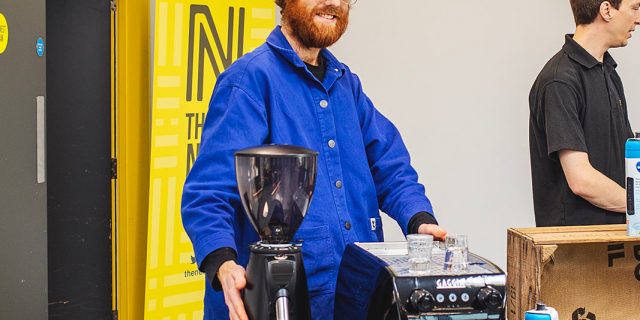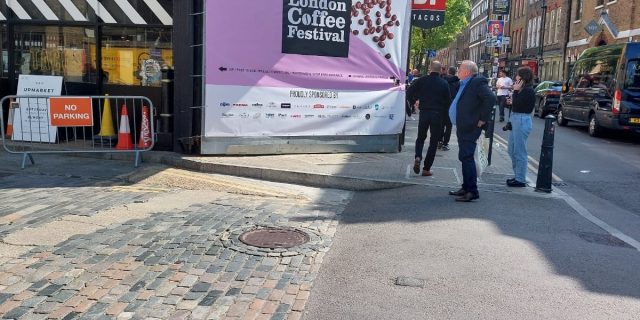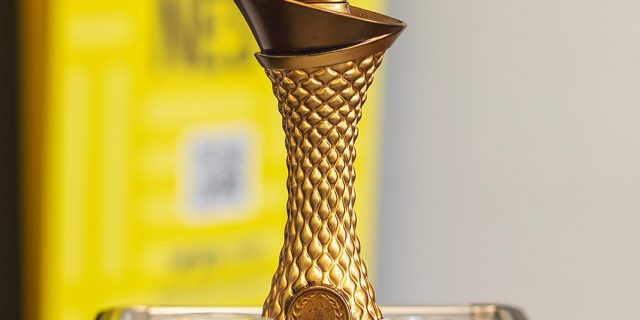On 24th March we held our first annual “East Anglia’s Best Barista” competition as The…
The Dreaded Decaff
Decaffeinated coffee has had a long standing, bad reputation in the coffee industry. Concerns about its relation to ill health and the mediocre rating given by coffee snobs and connoisseurs alike means that Decaff has been an outcast for many years.
However, its popularity is on the rise and companies are finding it harder to ignore. Many people are favouring a decaffeinated option to ensure a better quality of sleep and to reduce anxiety and stress. More awareness of the effect food and drink has on the body and the idea of clean eating has given decaf the push it needed.
I thought I would look further into the idea of Decaff and try to understand the processes behind it. We will discover if this dreaded decaf is as bad as it seems.
The discovery that caffeine could be removed from coffee is a little unclear. The story goes that Ludwig Roselius, a German coffee merchant, had a freight of coffee being transported. During transit, the load split and the coffee was left soaking in sea water. Not wanting to waste the coffee he decided to test it to see how it tasted. It turned out that the flavour remained but most of the caffeine had been removed.
Realising what he had accidently found, he tried to replicate the removal of caffeine by stripping it with Benzene. Today, we know that this is a carcinogen, so this is no longer used. We cannot say for sure that this story is accurate, however, it is one of the earliest accounts of this process taking place. Ludwig has been credited with the development of decaffeinated coffee.
From a roasters perspective, Decaf is a tricky one to get right. The extra process the beans will have gone through will have altered the structure of the green bean. Generally it will roast a lot quicker so it always keeps us on our toes.
How is Caffeine removed from coffee?
Now we know a little more about the history of decaf we can begin to understand how it is processed today.
The caffeine is removed from the coffee when it is in its raw state (as a green bean). The two main processes are chemical and washed.
The chemical process is still used today but is no longer considered a risk to health. The chemical process involves soaking the coffee in a chemical solvent. The two main chemicals used are methylene chloride and ethyl acetate. This is most known as being used for paint stripper and degreaser. The caffeine is then drawn out by the solvent.
Now this does not sound great…. so, the alternative is a Washed Process.
The washed process involves soaking the coffee beans in water, where the caffeine is strained through active carbon. This is seen as a much better way to remove caffeine and is the first process not to involve chemicals. This process has been gaining momentum over the years and considered the best way of producing decaffeinated coffee.
What is The Future of Decaff Coffee?
Back in 2004, the idea of a new generation of decaffeinated coffee was immerging. Many cafes introducing low caffeine content coffee such as Aramosa which is a crossbreed between coffee Arabica and Racemosa. This usually produces more floral aromas.
Farmers also started looking at ways to grow coffee plants with an enzyme missing that stopped the production of caffeine altogether. However, 16 years later and this has not yet become a reality. With some controversy towards genetically modifying plants and the time it takes to grow and test coffee, development has been slow.
So, while you wait to see what the future has in store for decaf, why not give our Mexican Mountain Washed Decaf a try. With a smooth feel and nutty flavours, this can be enjoyed anytime of the day.
Lucy



